Technology is the foundation of a country's prosperity, and innovation is the soul of national progress. As the front line for the implementation of scientific and technological innovation, laboratories often represent the highest level of cutting-edge basic research in the world, have bred countless epoch-making scientific and technological innovation achievements, and have produced a large number of Nobel Prize winners. Nowadays, new materials have become an important part of the implementation of technological innovation strategies in many countries and regions. This article provides a brief inventory of well-known laboratories in the world for readers.
01 Oak Ridge National Laboratory
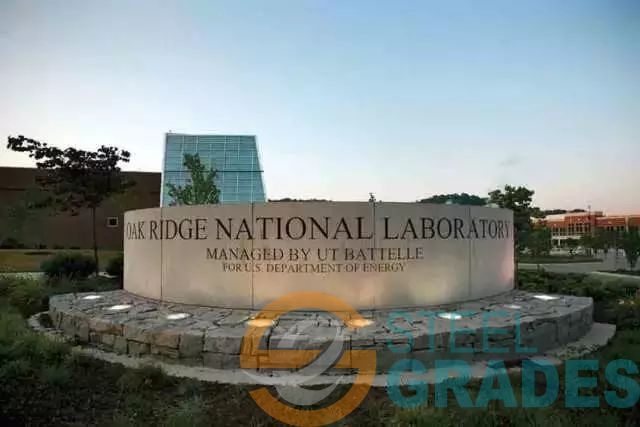
Oak Ridge National Laboratory (ORNL)
Oak Ridge National Laboratory (ORNL), formerly known as the Clinton Laboratory, is a large national laboratory under the US Department of Energy. It was established in 1943 and is currently jointly managed by the University of Tennessee and the Battelle Memorial Institute.
ORNL’s mission is to carry out basic and applied research and development, provide scientific knowledge and innovative methods to solve complex problems in technology, strengthen the United States’ leading position in major scientific fields; improve the utilization of clean energy; restore and protect the environment, and Contribute to national security. ORNL is engaged in research and development activities spanning a wide range of scientific disciplines. ORNL is an international leader in many scientific fields. In 1994, Clifford Shull, who was the first to use neutron scattering to conduct material research on the Oak Ridge Graphite Reactor, shared the Nobel Prize in Physics and is now a guest. The number of researchers has reached 3,000, and the annual funding is about US$1 billion. It is mainly engaged in research in scientific fields such as neutron science, complex biological systems, energy, advanced materials, national security and high-performance computing.
02 Argonne National Laboratory
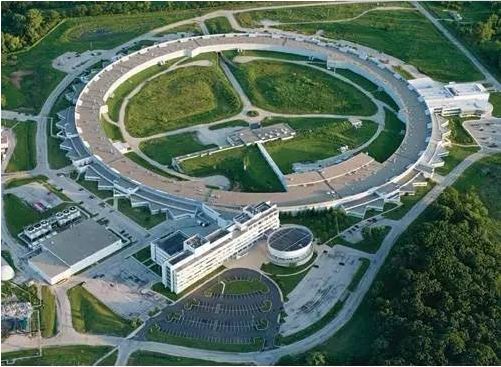
Argonne National Laboratory (ANL)
The American Argonne National Laboratory (ANL) is the first national laboratory established by charter, and one of the oldest and largest scientific and engineering research laboratories in the United States government—the largest in the Midwest and the U.S. Department of Energy One of the largest research centers. It currently has two sites: the East Site in Illinois, covering an area of 1,500 acres, where the Chicago Office of the U.S. Department of Energy is located; and the West Site in Idaho, covering about 900 acres, and is the majority of Argonne’s major nuclear reactors. The location of the research facility.
Argonne’s research fields include basic science, scientific facilities, energy and resource planning, environmental management, national security, industrial technology development and many other fields, and seek to solve materials science, physics, chemistry, biology, life and environmental sciences, and high-energy physics. , Mathematics, and computational science. Enrico Fermi, Maria Goeppert Mayer and Alexei Abrikosov of the laboratory won the 1938, 1963 and 2002 promises respectively. Bell Prize in Physics.
03 Brookhaven National Laboratory

Brookhaven National Laboratory (Brookhaven National Laboratory, BNL)
Brookhaven National Laboratory (BNL) was established in 1947 and is located in the middle of Suffolk County, Long Island, New York. It is affiliated to the US Department of Energy and is managed by the Brookhaven Science Society. It pioneered nuclear technology, high-energy physics, chemistry and life sciences. Research in many fields such as nanotechnology, nanotechnology, etc., has achieved a number of major achievements that have attracted worldwide attention since its establishment. So far, 12 people have won the Nobel Prize.
04 Lawrence Livermore National Laboratory
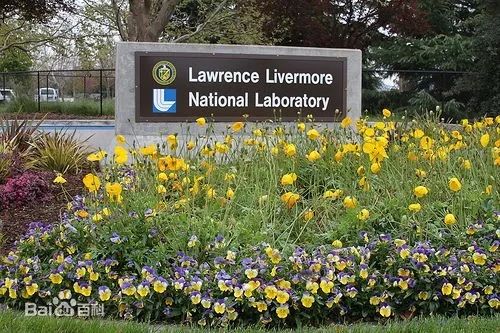
Lawrence Livermore National Laboratory (LLNL)
Lawrence Livermore National Laboratory (LLNL) was established in 1952 and is located in Livermore in the San Francisco Bay Area. It belongs to the National Nuclear Safety Administration of the US Department of Energy and is now operated by the Lawrence Livermore National Security Agency.
Lawrence Livermore National Laboratory (LLNL) mainly conducts research on explosives, pyrotechnics and pharmaceuticals and other high-tech energetic materials. The research content of materials includes metals and alloys, ceramics, laser materials, alloy superplasticity Wait. In 2007, the Nobel Peace Prize was partially awarded to the International Climate Change Group. More than 40 members of the organization are from LLNL. In addition, LLNL also has 1 American National Science Prize winner, 4 American National Academy of Sciences academicians, and 4 American National Academy of Sciences. Academician of the Academy of Engineering.
05 Max Planck Society for the Advancement of Science

Max Planck Institute for the Advancement of Science (International Max Planck Research School, referred to as MPG)
The Max Planck Society (MPG), formerly known as the Royal Society of Wilhelms in 1911, is a large-scale scientific research organization in Germany. It has bred 32 Nobel Prize winners and is also the largest, most prestigious and effective in the world. An autonomous scientific organization funded by the government.
The society has 81 research institutes, of which there are two institutes related to inorganic non-metals, namely the Max Planck Institute of Chemistry and Max Planck Institute of Solid State Physics and Materials. In addition, the Max Planck Institute of Metallurgy is also committed to the research of ceramic materials, while the Max Planck Solid Research Center devotes part of its energy to the research of amorphous solid materials. In 2011, the dynamic structure research team in the society successfully used intense infrared laser pulse irradiation to transform rare earth oxide ceramic materials into high-temperature superconductors.
06 British National Composites Center

National Composite Center (NCC)
The National Composites Center (NCC) was established in 2011 and is located in Bristol, a port city in the southwest of the UK. It is one of the seven research and technical facilities of the UK’s high-value ejection center. The establishment of the NCC aims to strengthen the composite material industry companies and academic research. The cooperation between researchers promotes the development of innovative design methods and manufacturing technologies for high-performance composite components, and improves the market conversion rate of laboratory results. It focuses on the research in the four fields of advanced composite material manufacturing, composite material design and simulation, digitalization, automated manufacturing and tooling, and materials and processes.
07 Iberia International Nanotechnology Laboratory

The International Iberian Nanotechnology Laboratory (INL)
The Iberian International Nanotechnology Laboratory (INL) officially started its scientific research activities in 2010. It was jointly established by Portugal and Spain. It is the first and only international research organization in Europe that specializes in nanotechnology and nanotechnology. The goal is to promote interdisciplinary research in nanotechnology and nanoscience and become an important part of the European scientific field.
08Japan National Institute of Materials Research

National Institute for Material Science (NIMS)
The National Institute of Materials Research (NIMS) is one of the largest research institutes in Japan, and its predecessor is the National Institute of Metal Materials Technology (NRIM). NIMS mainly conducts research on the synthesis, characterization and application of materials, including metals, semiconductors, superconductors, ceramics, organic materials, and nanomaterials. Covers applications in electronics, optics, coatings, fuel cells, catalysts, biotechnology, etc. At the same time, technologies such as electron microscope, high-energy ion beam, and strong magnetic field have been developed.
09Japan National Institute of Advanced Industrial Science and Technology
The National Institute of Advanced Industrial Science and Technology (The National Institute of Advanced Industrial Science and Technology, AIST)
The Japan Institute of Industrial Technology (AIST) was established in 1882 and is one of Japan’s largest national R&D institutions. It is responsible for important scientific research on key technologies required for industrial technology and innovation in life sciences, communications, electronic technology, nanotechnology, and manufacturing. The mission played an important role in promoting Japan’s economic development. The main material research content includes electronic information materials, nanotechnology materials, energy materials, etc.
10 Korea Institute of Materials
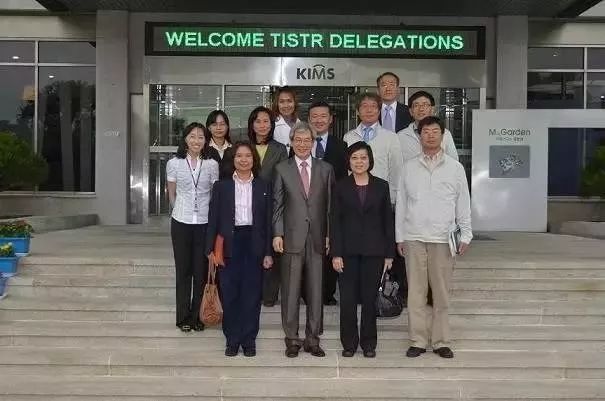
Korea Institute of Materials (KIMS)
In 2007, it became a subordinate research institute of Korea Institute of Machinery and Materials. Its responsibility is to comprehensively promote R&D, testing and evaluation, and provide technical support related to material technology to promote technological innovation and industrial development. Its vision is to become a leader in the field of global materials in 2020 based on a fully developed research institution.
The main material research contents of KIMS include: non-ferrous metal alloys, high temperature materials, light materials, special alloys, powder technology, functional nano powders, engineering ceramics, functional ceramics, electrochemistry, composite materials, functional coatings, etc.
11 All-Russian Institute of Aeronautical Materials
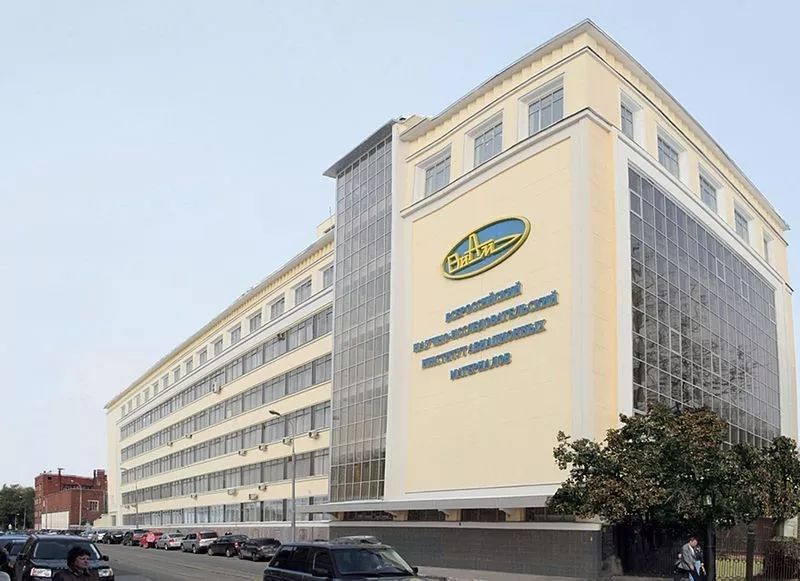
All-Russian Institute of Aeronautical Materials
The Institute of Aeronautical Materials is a national-level scientific research institution in Russia, with 700 employees and 11 branches. Each branch has 5-6 research rooms. The main scientific research activities include: research on aerospace materials and basic raw materials; exploration and research of new materials, basic research and new material testing, as well as research on the production process of aero engines, airplanes, airships and aviation instruments; aerospace materials in aircraft and their engines, Application research on spacecraft and vehicles; formulating standards for aerospace materials.
12 Finnish National Technology Research Center

Technical Research Centre of Finland (VTT)
The Finnish National Technology Research Center (VTT) is the largest comprehensive research institution in the Nordic region. Its main research directions include digital information systems, energy and paper, construction and communications. VTT was established in 1942 as an important part of the Finnish innovation system. Its responsibility is to help Finnish high-tech companies solve problems encountered in the development process in the form of new technologies.
The main material-related research fields are: first, applied materials, including functional fiber products, new materials, emerging energy technology materials, power station materials and equipment such as fuel cells and hydrogen fuel technology, and smart printing; second, biological and chemical processes, including Health-related biotechnology and information technology, such as biosignal and medical image processing, molecular diagnosis and immune technology, bio-processed renewable natural materials, etc.; third, energy sources include renewable energy, bioenergy, wind energy, fuel cells, and nuclear energy And nuclear waste treatment, transportation energy efficiency, alternative fuels, electric vehicle exhaust emission control technology, etc.



















